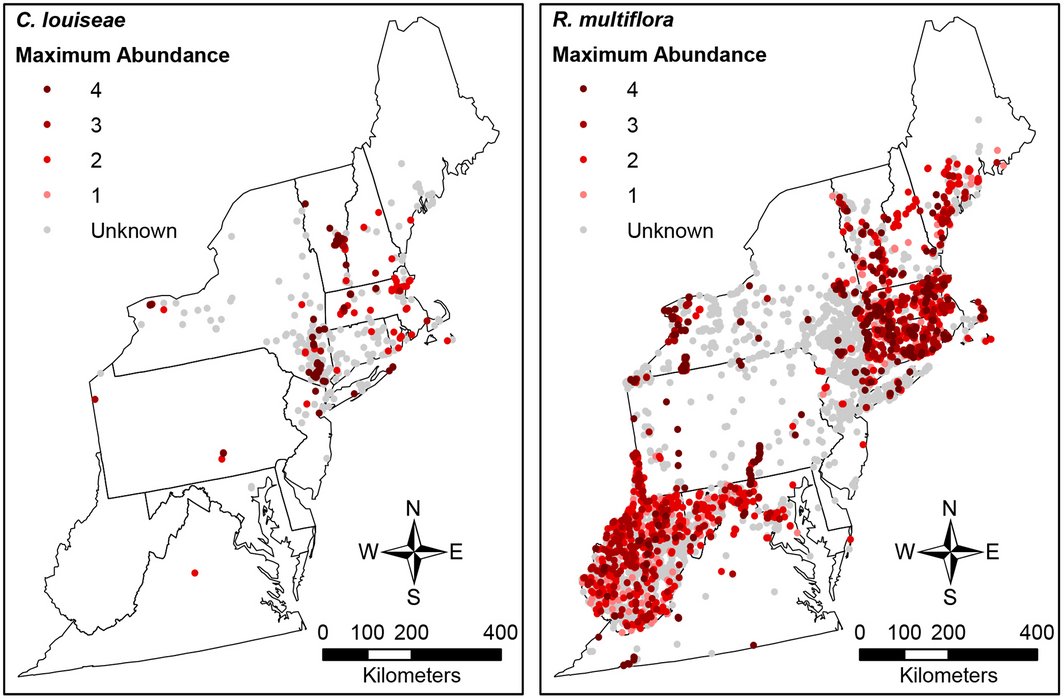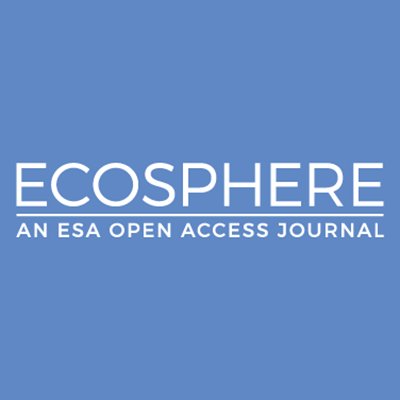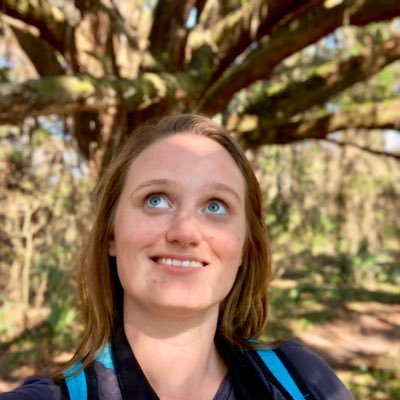#occurrencedata search results
Evaluating proxies for #invasive plant abundance. #occurrencedata #abundancedata onlinelibrary.wiley.com/doi/10.1002/ec…

From our #Methods, Tools, & Technologies track: Using historical #OccurrenceData to build a #SpeciesDistributionModel? Consider your environmental variables carefully doi.org/10.1002/ecs2.3… #OpenAccess #ModelPerformance #SensitivityAndSpecificity @CASMiamiOH @USGSWetlands

A new Data Paper in @ESAEcology: Wild bees of Chile: a database on taxonomy, sociality, and ecology With #OpenData in @GBIF #NativeBees #OccurrenceData #NaturalHistory #Chile #OpenScience doi.org/10.1002/ecy.33…
Ecological traps are a real challenge when using #SDM based on #OccurrenceData to define priority conservation areas. A nice example in #RedbackedShrikes by @nicolas_titeux et al in the previous issue of @EcographyJourna Totally worth reading! bit.ly/38zo7wY
A new Data Paper in @ESAEcology: ATLANTIC ANTS: a dataset of ants in Atlantic Forests of South America doi.org/10.1002/ecy.35… #Ants #OccurrenceData #TropicalForests #OpenScience #NSFFunded @NSF
Two webinars on the #FoodEx2 classification system of @EFSA_EU coming up. #FoodEx2 enables #occurrencedata to be combined with #foodconsumption data in order to allow the calculation of #dietaryexposure. Register today!
Bright and talented @botanyelizabeth will be presenting in Tubughnenq' 3 09:15 (AKDT) in the Biodiversity Informatics & Herbarium Digitization I section! #CitizenScience #occurrencedata @soltislab
Bright and talented @botanyelizabeth will be presenting in Tubughnenq' 3 09:15 (AKDT) in the Biodiversity Informatics & Herbarium Digitization I section! #CitizenScience #occurrencedata @soltislab
From our #Methods, Tools, & Technologies track: Using historical #OccurrenceData to build a #SpeciesDistributionModel? Consider your environmental variables carefully doi.org/10.1002/ecs2.3… #OpenAccess #ModelPerformance #SensitivityAndSpecificity @CASMiamiOH @USGSWetlands

A new Data Paper in @ESAEcology: ATLANTIC ANTS: a dataset of ants in Atlantic Forests of South America doi.org/10.1002/ecy.35… #Ants #OccurrenceData #TropicalForests #OpenScience #NSFFunded @NSF
A new Data Paper in @ESAEcology: Wild bees of Chile: a database on taxonomy, sociality, and ecology With #OpenData in @GBIF #NativeBees #OccurrenceData #NaturalHistory #Chile #OpenScience doi.org/10.1002/ecy.33…
Ecological traps are a real challenge when using #SDM based on #OccurrenceData to define priority conservation areas. A nice example in #RedbackedShrikes by @nicolas_titeux et al in the previous issue of @EcographyJourna Totally worth reading! bit.ly/38zo7wY
Two webinars on the #FoodEx2 classification system of @EFSA_EU coming up. #FoodEx2 enables #occurrencedata to be combined with #foodconsumption data in order to allow the calculation of #dietaryexposure. Register today!
Evaluating proxies for #invasive plant abundance. #occurrencedata #abundancedata onlinelibrary.wiley.com/doi/10.1002/ec…

Evaluating proxies for #invasive plant abundance. #occurrencedata #abundancedata onlinelibrary.wiley.com/doi/10.1002/ec…

From our #Methods, Tools, & Technologies track: Using historical #OccurrenceData to build a #SpeciesDistributionModel? Consider your environmental variables carefully doi.org/10.1002/ecs2.3… #OpenAccess #ModelPerformance #SensitivityAndSpecificity @CASMiamiOH @USGSWetlands

Something went wrong.
Something went wrong.
United States Trends
- 1. Thanksgiving 365K posts
- 2. Golesh 1,922 posts
- 3. Fani Willis 11.1K posts
- 4. Trumplican 2,692 posts
- 5. Hong Kong 76.4K posts
- 6. Khabib 6,162 posts
- 7. #WipersDayGiveaway N/A
- 8. stranger things 156K posts
- 9. Riker N/A
- 10. #TejRan 3,977 posts
- 11. Ruth 13.4K posts
- 12. NextNRG Inc N/A
- 13. Elijah Moore N/A
- 14. Tom Hardy 1,096 posts
- 15. Pete Skandalakis N/A
- 16. #Wednesdayvibe 3,535 posts
- 17. #sstvi 44.9K posts
- 18. Nuns 10.3K posts
- 19. #wednesdaymotivation 6,634 posts
- 20. Karoline Leavitt 27.6K posts







